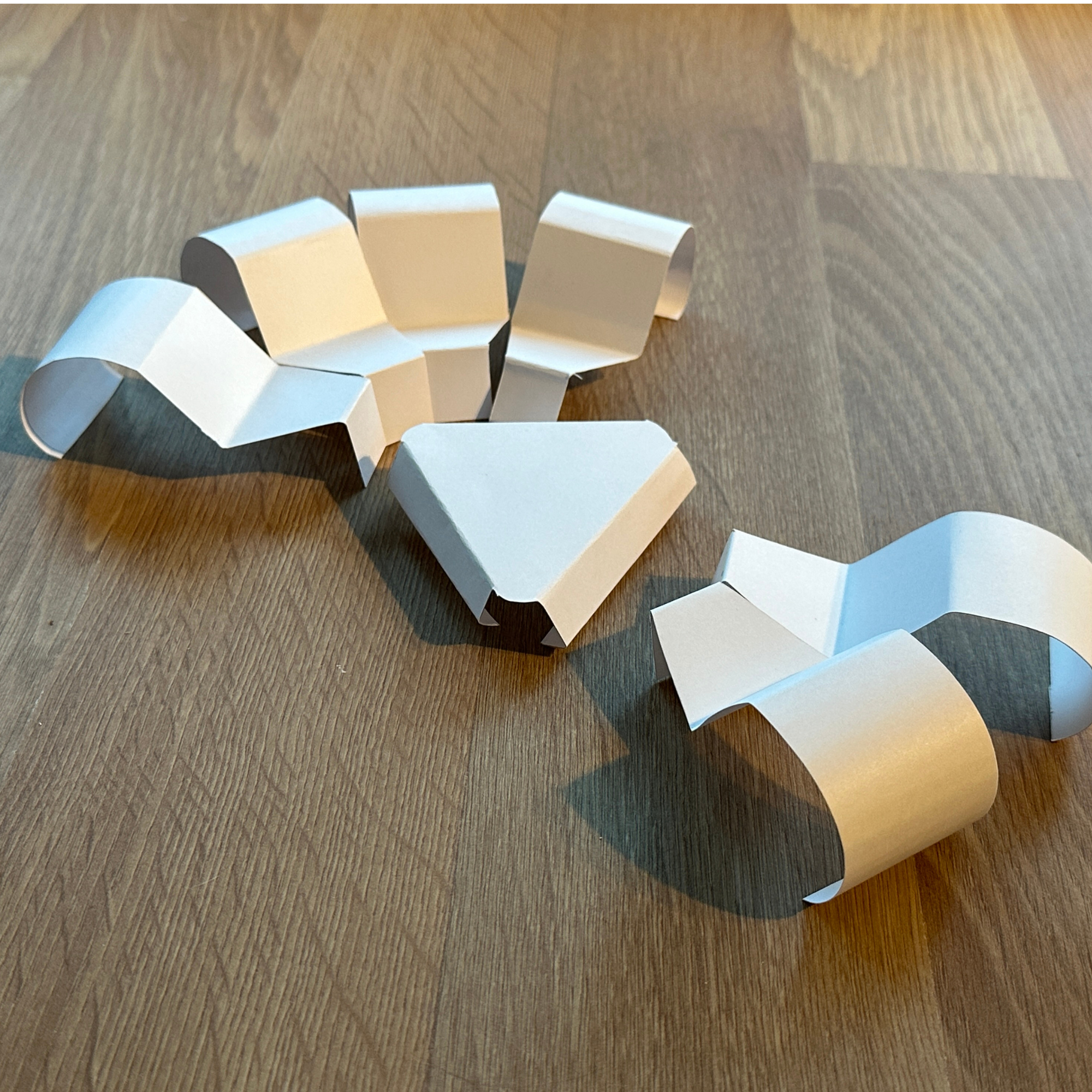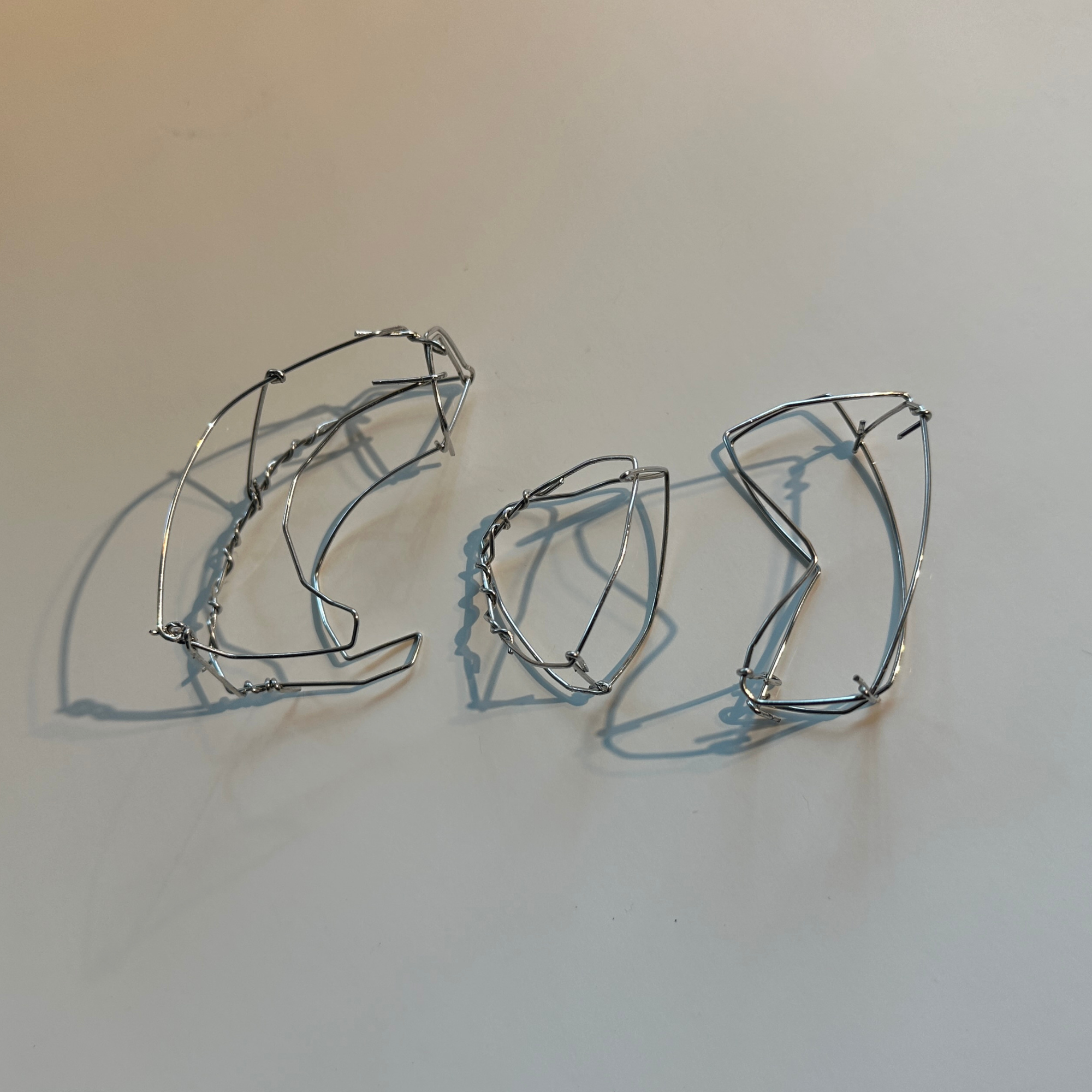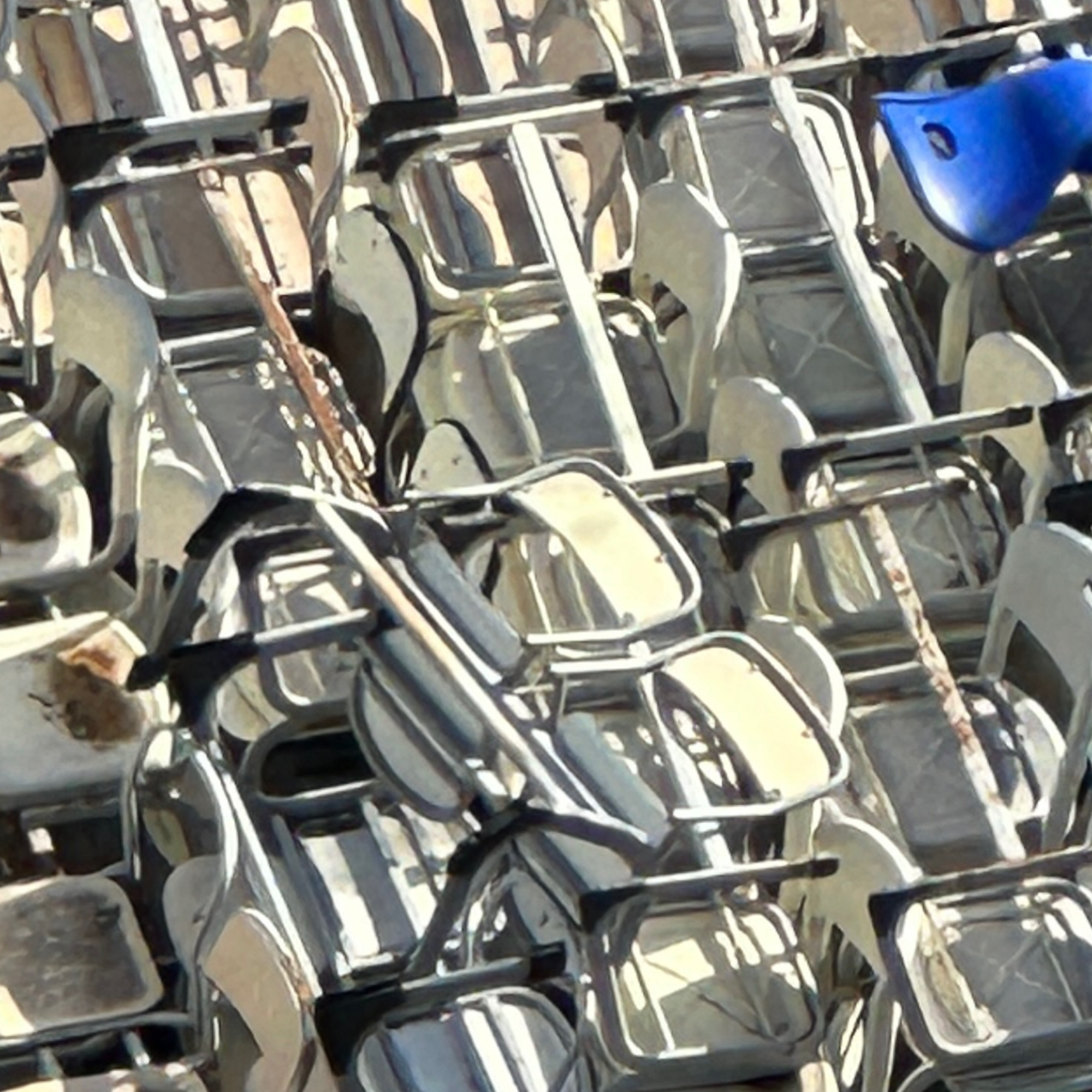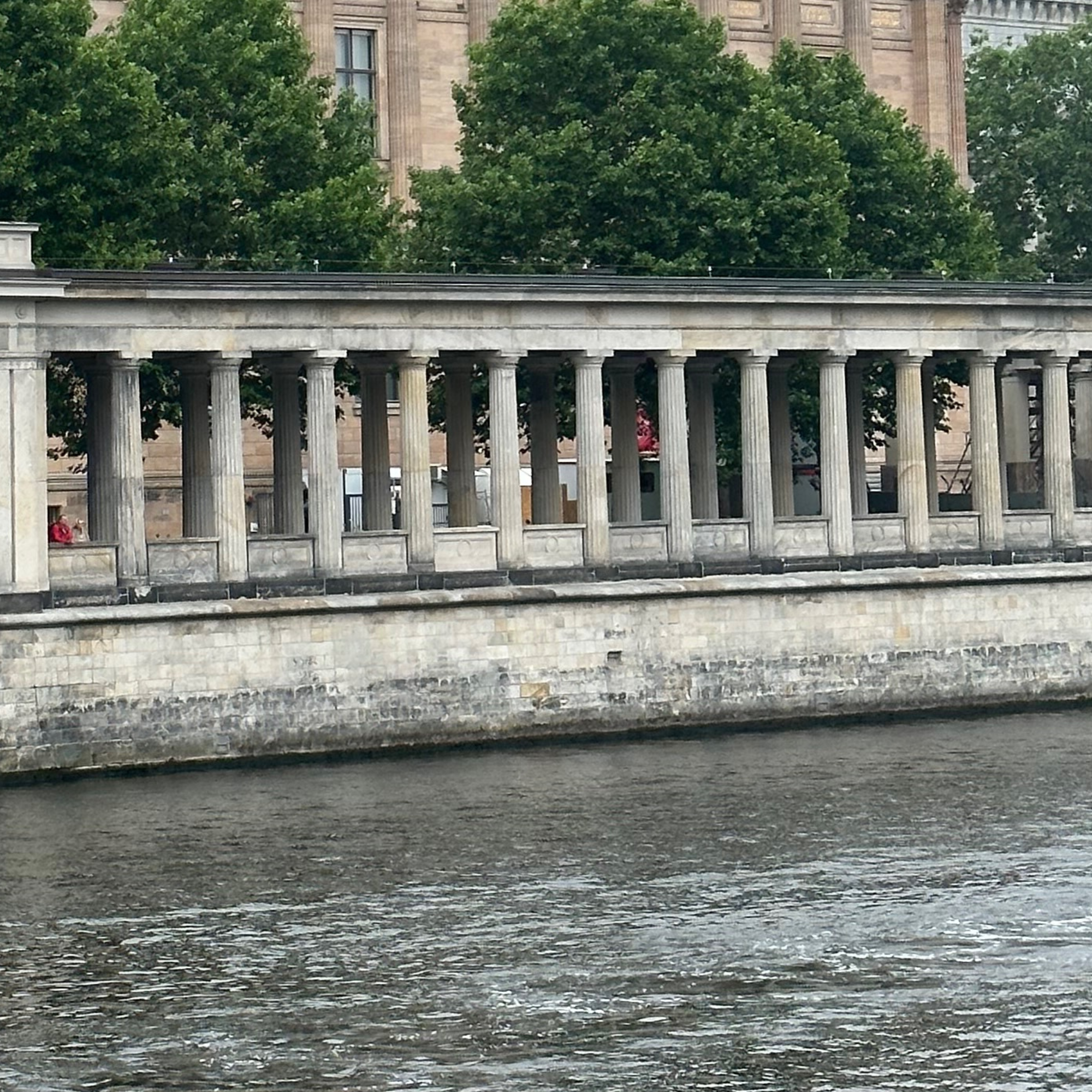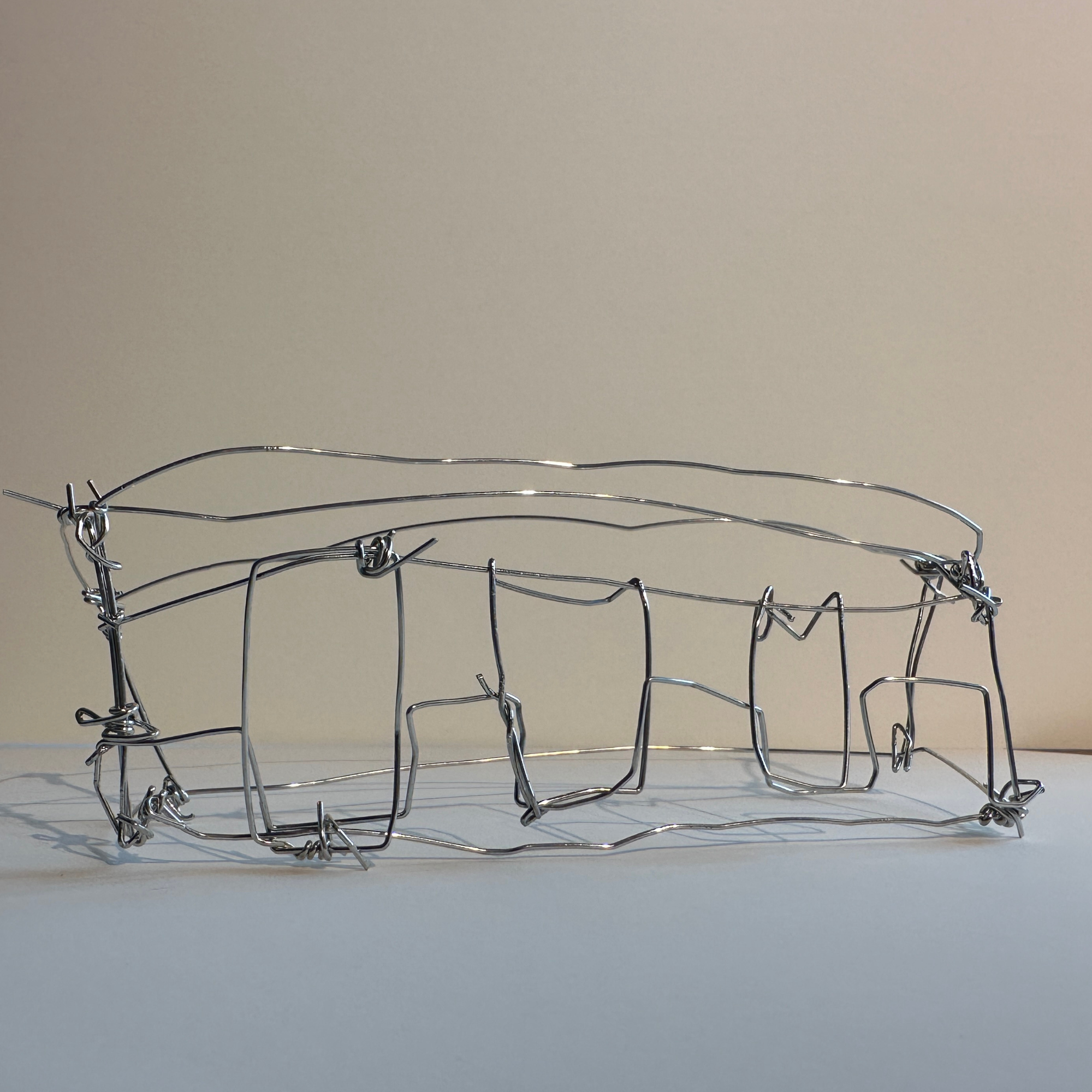Exploring Form, Space, and Negative Space Through Materiality
This project began with a simple yet profound exploration of everyday life. I captured moments and objects from my surroundings, translating them into abstract forms using bristol paper and wire. This material study allowed me to investigate how physical forms interact with space, light, and perception.
By working with wire, I examined structural frameworks, transparency, and the role of negative space. The skeletal nature of the wire models emphasized the voids just as much as the solids, revealing how emptiness can define a structure as much as its physical components. In contrast, bristol paper enabled me to explore surface, enclosure, and volume, providing a more tangible sense of form while allowing for the play of light and shadow.
Negative space plays an active role in defining form—what is absent is just as important as what is present.
Structural integrity can emerge from minimal materiality, challenging the conventional understanding of mass and solidity.
Scale transforms perception—a tiny wire model may act as a conceptual structure, but when translated into a larger architectural context, it becomes an immersive spatial experience.
Light, shadow, and permeability create rhythm—the wire models' openness and the Bristol compositions' cut-out forms revealed how space can be activated through different degrees of transparency.

